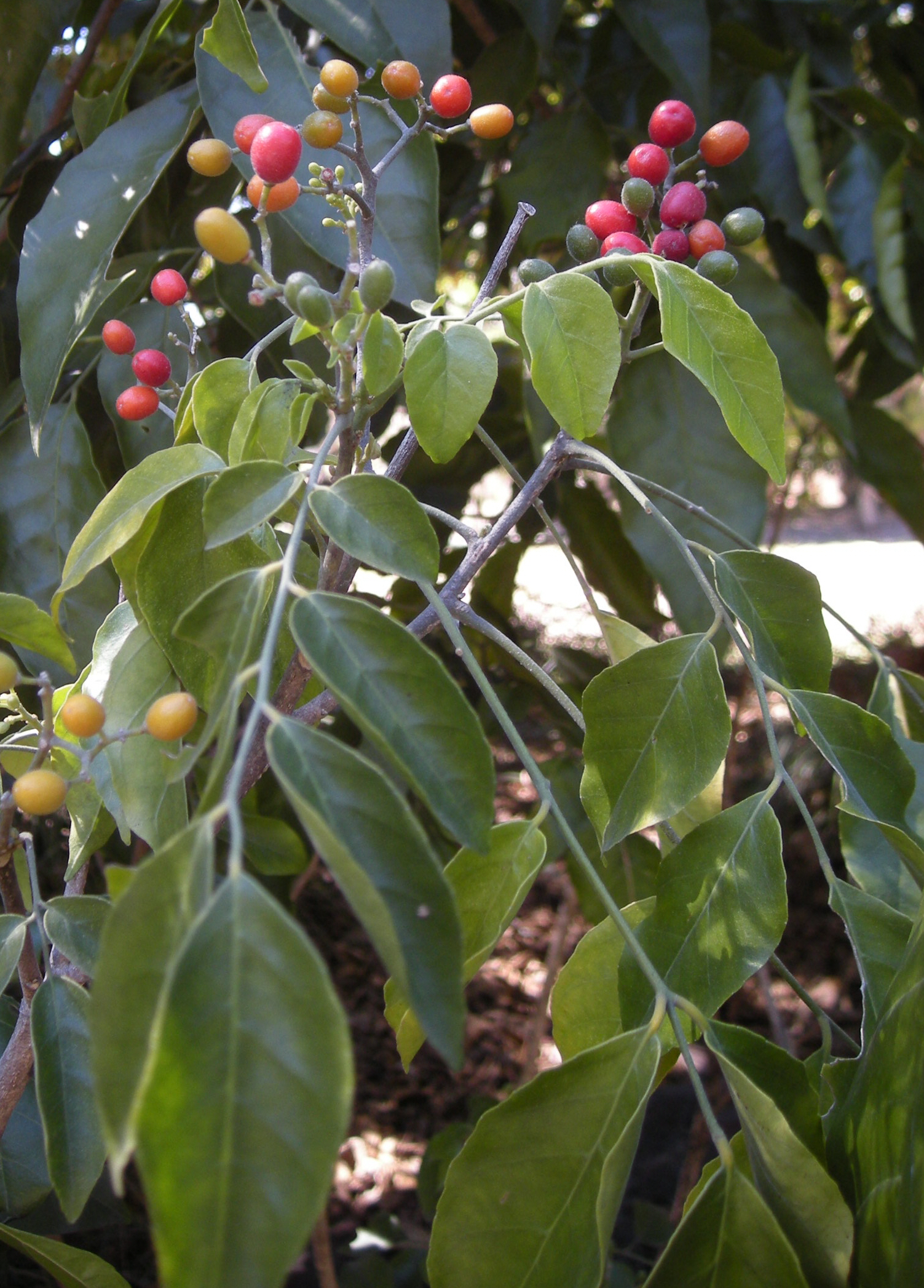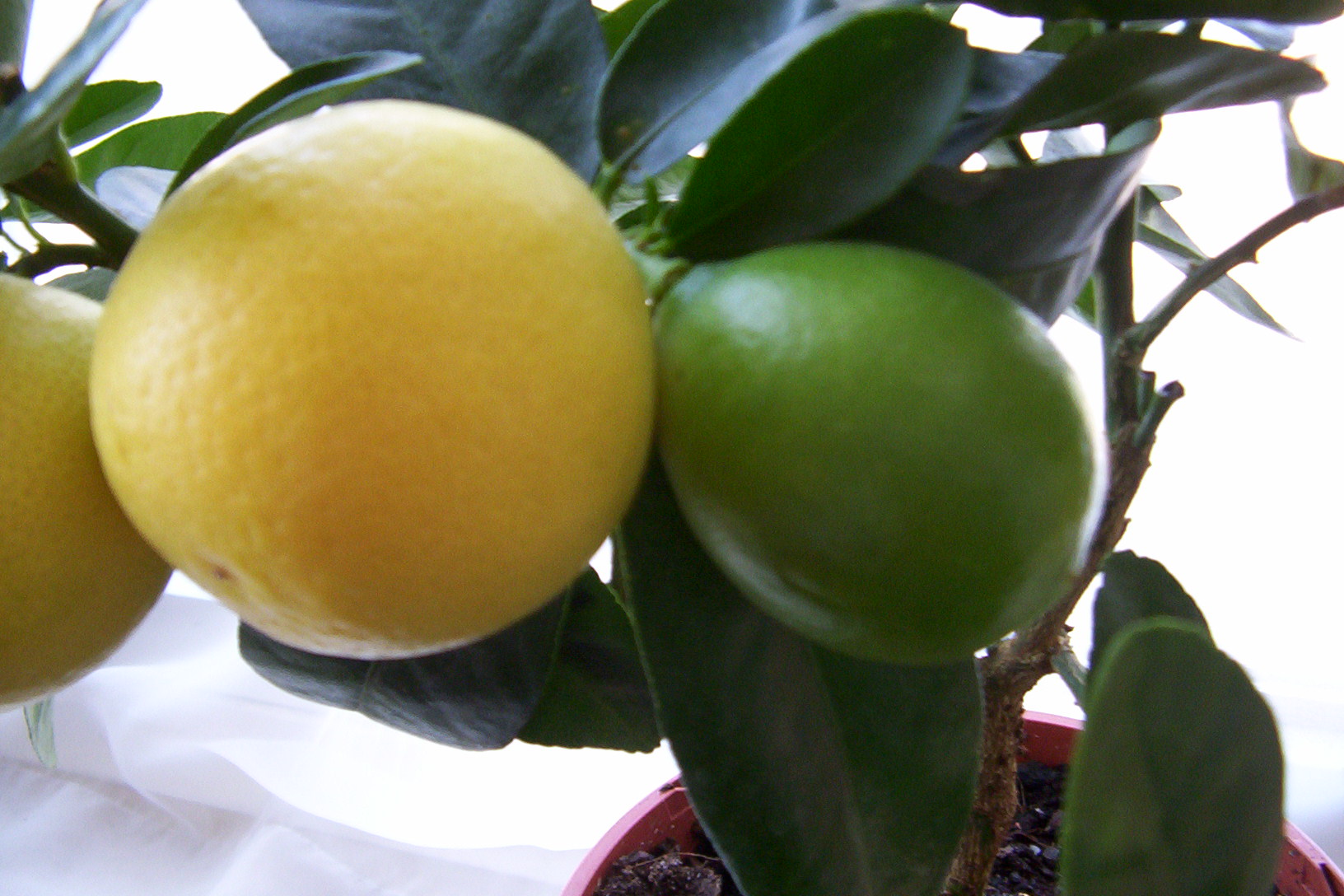|
Burkillanthus
''Burkillanthus'' is a monotypic genus of flowering plants in the citrus family, Rutaceae, containing the single species ''Burkillanthus malaccensis''. It is native to Sumatra, the Malay Peninsula and Borneo. Its common name is Malay ghostlime.Citrus Variety Collection. University of California, Riverside. This species is part of the same subfamily (), tribe (), and subtribe (Citrinae), as genus '' Citrus
''Citrus'' is a genus of flo ...
[...More Info...] [...Related Items...] OR: [Wikipedia] [Google] [Baidu] |
Citreae
Citreae is one of the two tribes of the flowering plant family Rutaceae, subfamily Aurantioideae, the other being Clauseneae. Subtribes and genera Three sub-tribes are included: * Triphasiinae ** '' Luvunga'' Buch.-Ham. ex Wight & Arn. ** '' Merope'' M.Roem. ** '' Monanthocitrus'' ** '' Pamburus'' Swingle ** '' Paramignya'' Wight ** '' Triphasia'' ** '' Wenzelia'' Merr. * Balsamocitrinae ** '' Aegle'' Corrêa – bael ** ''Aeglopsis'' Swingle ** ''Afraegle'' (Swingle) Engl. ** '' Balsamocitrus'' Stapf ** '' Feroniella'' Swingle ** '' Limonia'' L. – curd fruit ** '' Swinglea'' Merr. * Citrinae **''Atalantia'' **'' Burkillanthus'' **'' Citropsis'' **''Citrus'' **'' Clymenia'' (may belong in ''Citrus'') **'' Hesperethusa'' **'' Naringi'' **'' Poncirus'' – trifoliate orange (may belong in ''Citrus'') **'' Pleiospermium'' **'' Severinia'' Notable species in the Citrinae group include Bergamot orange, calamondin, citron, grapefruit, lemon, lime, orange, pum ... [...More Info...] [...Related Items...] OR: [Wikipedia] [Google] [Baidu] |
Aurantioideae
Aurantioideae (sometimes known as Citroideae) is the subfamily within the rue and citrus family (biology), family (Rutaceae) that contains the citrus. The subfamily's center of diversity is in the monsoon region of eastern Australasia, extending west through South Asia into Africa, and eastwards into Polynesia. Notable members include citrus (genus ''Citrus''), Aegle marmelos, bael (''Aegle marmelos''), limonia acidissima, curd fruit (''Limonia acidissima''), species of genus ''Murraya'' such as curry tree (''M. koenigii'') and murraya paniculata, orange jessamine (''M. paniculata''), and the small genus ''Clausena''. Description Aurantioideae are smallish trees or large shrubs, or rarely lianas. Their flowers are typically white and fragrant. Their fruit are very characteristic hesperidium, hesperidia, usually of rounded shape and colored in green, yellowish or orange hues. Taxonomy The subfamily has been divided into two tribe (biology), tribes, the ancestral Clauseneae and t ... [...More Info...] [...Related Items...] OR: [Wikipedia] [Google] [Baidu] |
Aurantioideae Genera
Aurantioideae (sometimes known as Citroideae) is the subfamily within the rue and citrus family (Rutaceae) that contains the citrus. The subfamily's center of diversity is in the monsoon region of eastern Australasia, extending west through South Asia into Africa, and eastwards into Polynesia. Notable members include citrus (genus ''Citrus''), bael (''Aegle marmelos''), curd fruit (''Limonia acidissima''), species of genus ''Murraya'' such as curry tree (''M. koenigii'') and orange jessamine (''M. paniculata''), and the small genus ''Clausena''. Description Aurantioideae are smallish trees or large shrubs, or rarely lianas. Their flowers are typically white and fragrant. Their fruit are very characteristic hesperidia, usually of rounded shape and colored in green, yellowish or orange hues. Taxonomy The subfamily has been divided into two tribes, the ancestral Clauseneae and the more advanced Citreae, as in a 1967 classification. A 2021 classification by Appelhans et al. ... [...More Info...] [...Related Items...] OR: [Wikipedia] [Google] [Baidu] |
Walter Tennyson Swingle
Walter Tennyson Swingle (January 8, 1871 – January 19, 1952) was an American agricultural Botany, botanist who contributed greatly to the classification and citrus taxonomy, taxonomy of citrus. Biography Swingle was born in South Canaan, Canaan, Pennsylvania, and moved with his family to Kansas two years later. He graduated from the Kansas State University, Kansas State Agricultural College in 1890, and studied at the University of Bonn in 1895–96 and 1898. With William Ashbrook Kellerman he edited the exsiccata ''Kansas fungi'' (1889), a specimen series which is widely distributed in major herbarium, herbaria. Swingle married Lucie Romstaedt in 1901; she died in 1910. He married Maude Kellerman, daughter of William Ashbrook Kellerman, in 1915 and they had four children. He died in Washington, D.C., on January 19, 1952. In 1927, botanist Elmer Drew Merrill published ''Swinglea'', which is a genus of flowering plants from the Philippines, belonging to the family Rutaceae a ... [...More Info...] [...Related Items...] OR: [Wikipedia] [Google] [Baidu] |
Henry Nicholas Ridley
Henry Nicholas Ridley CMG (1911), MA (Oxon), FRS, FLS, F.R.H.S. (10 December 1855 – 24 October 1956) was an English botanist, geologist and naturalist who lived much of his life in Singapore. He was instrumental in promoting rubber trees in the Malay Peninsula that led to a level of rapid deforestation, instrumental in the 1926 Great Flood. For the fervour with which he pursued this work he came to be known as "Mad Ridley". Life Henry Ridley was the second son and third child born to Louisa Pole Stuart and Oliver Matthew Ridley in West Harling in Norfolk, where his father was the Rector. At the age of three his mother died and his father moved to Cobham in Kent. He studied at Tonbridge School and then went to Haileybury where his brother Stuart also studied. At Cobham, he had taken to the idea of collecting insects and he continued this at Haileybury where the school encouraged him to publish a "List of the Mammals and Coleoptera of Haileybury". The two brothers left Ha ... [...More Info...] [...Related Items...] OR: [Wikipedia] [Google] [Baidu] |
Monotypic Taxon
In biology, a monotypic taxon is a taxonomic group (taxon) that contains only one immediately subordinate taxon. A monotypic species is one that does not include subspecies or smaller, infraspecific taxa. In the case of Genus, genera, the term "unispecific" or "monospecific" is sometimes preferred. In botanical nomenclature, a monotypic genus is a genus in the special case where a genus and a single species are simultaneously described. Theoretical implications Monotypic taxa present several important theoretical challenges in biological classification. One key issue is known as "Gregg's Paradox": if a single species is the only member of multiple hierarchical levels (for example, being the only species in its genus, which is the only genus in its family), then each level needs a distinct definition to maintain logical structure. Otherwise, the different taxonomic ranks become effectively identical, which creates problems for organizing biological diversity in a hierarchical o ... [...More Info...] [...Related Items...] OR: [Wikipedia] [Google] [Baidu] |
Rutaceae
The Rutaceae () is a family (biology), family, commonly known as the rueRUTACEAE in BoDD – Botanical Dermatology Database or citrus family, of flowering plants, usually placed in the order (biology), order Sapindales. Species of the family generally have flowers that divide into four or five parts, usually with strong scents. They range in form and size from Herbaceous plant, herbs to shrubs and large trees. The most economically important genus in the family is ''Citrus'', which includes the Orange (fruit), orange (''C.'' × ''sinensis''), lemon (''C.'' × ''limon''), grapefruit (''C.'' × ''paradisi''), and Lime (fruit), lime (various). ''Boronia'' is a large Australian genus, some members of which are plants with highly fragrant flowers and are used in commercial Essential oil, oil production. Other l ... [...More Info...] [...Related Items...] OR: [Wikipedia] [Google] [Baidu] |
Sumatra
Sumatra () is one of the Sunda Islands of western Indonesia. It is the largest island that is fully within Indonesian territory, as well as the list of islands by area, sixth-largest island in the world at 482,286.55 km2 (182,812 mi.2), including adjacent islands such as the Simeulue Island, Simeulue, Nias Island, Nias, Mentawai Islands, Mentawai, Enggano Island, Enggano, Riau Islands, Bangka Belitung and Krakatoa archipelago. Sumatra is an elongated landmass spanning a diagonal northwest–southeast axis. The Indian Ocean borders the northwest, west, and southwest coasts of Sumatra, with the island chain of Simeulue, Nias, Mentawai Islands, Mentawai, and Enggano off the western coast. In the northeast, the narrow Strait of Malacca separates the island from the Malay Peninsula, which is an extension of the Eurasian continent. In the southeast, the narrow Sunda Strait, containing the Krakatoa archipelago, separates Sumatra from Java. The northern tip of Sumatra is near ... [...More Info...] [...Related Items...] OR: [Wikipedia] [Google] [Baidu] |
Malay Peninsula
The Malay Peninsula is located in Mainland Southeast Asia. The landmass runs approximately north–south, and at its terminus, it is the southernmost point of the Asian continental mainland. The area contains Peninsular Malaysia, Southern Thailand, and the southernmost tip of Myanmar (Kawthaung District, Kawthaung). The island country of Singapore also has historical and cultural ties with the region. The Titiwangsa Mountains are part of the Tenasserim Hills system and form the backbone of the peninsula and the southernmost section of the central cordillera, which runs from Tibet through the Kra Isthmus, the peninsula's narrowest point, into the Malay Peninsula. The Strait of Malacca separates the Malay Peninsula from the Indonesian island of Sumatra, and the south coast is separated from the island of Singapore by the Straits of Johor. Etymology The Malay term ''Tanah Melayu'' is derived from the word ''Tanah'' (land) and ''Melayu'' (Malays (ethnic group), Malays), thus ... [...More Info...] [...Related Items...] OR: [Wikipedia] [Google] [Baidu] |
Borneo
Borneo () is the List of islands by area, third-largest island in the world, with an area of , and population of 23,053,723 (2020 national censuses). Situated at the geographic centre of Maritime Southeast Asia, it is one of the Greater Sunda Islands, located north of Java Island, Java, west of Sulawesi, and east of Sumatra. The island is crossed by the equator, which divides it roughly in half. The list of divided islands, island is politically divided among three states. The sovereign state of Brunei in the north makes up 1% of the territory. Approximately 73% of Borneo is Indonesian territory, and in the north, the East Malaysian states of Sabah and Sarawak make up about 26% of the island. The Malaysian federal territory of Labuan is situated on a small island just off the coast of Borneo. Etymology When the sixteenth-century Portuguese explorer Jorge de Menezes made contact with the indigenous people of Borneo, they referred to their island as ''Pulu K'lemantang'', which ... [...More Info...] [...Related Items...] OR: [Wikipedia] [Google] [Baidu] |
Citrus
''Citrus'' is a genus of flowering trees and shrubs in the family Rutaceae. Plants in the genus produce citrus fruits, including important crops such as oranges, mandarins, lemons, grapefruits, pomelos, and limes. ''Citrus'' is native to South Asia, East Asia, Southeast Asia, Melanesia, and Australia. Indigenous people in these areas have used and domesticated various species since ancient times. Its cultivation first spread into Micronesia and Polynesia through the Austronesian expansion (–1500 BCE). Later, it was spread to the Middle East and the Mediterranean () via the incense trade route, and from Europe to the Americas. Renowned for their highly fragrant aromas and complex flavor, citrus are among the most popular fruits in cultivation. With a propensity to hybridize between species, making their taxonomy complicated, there are numerous varieties encompassing a wide range of appearance and fruit flavors. Evolution Evolutionary history The large cit ... [...More Info...] [...Related Items...] OR: [Wikipedia] [Google] [Baidu] |
Monotypic Rutaceae Genera
In biology, a monotypic taxon is a taxonomic group (taxon) that contains only one immediately subordinate taxon. A monotypic species is one that does not include subspecies or smaller, infraspecific taxa. In the case of genera, the term "unispecific" or "monospecific" is sometimes preferred. In botanical nomenclature, a monotypic genus is a genus in the special case where a genus and a single species are simultaneously described. Theoretical implications Monotypic taxa present several important theoretical challenges in biological classification. One key issue is known as "Gregg's Paradox": if a single species is the only member of multiple hierarchical levels (for example, being the only species in its genus, which is the only genus in its family), then each level needs a distinct definition to maintain logical structure. Otherwise, the different taxonomic ranks become effectively identical, which creates problems for organizing biological diversity in a hierarchical system. ... [...More Info...] [...Related Items...] OR: [Wikipedia] [Google] [Baidu] |



